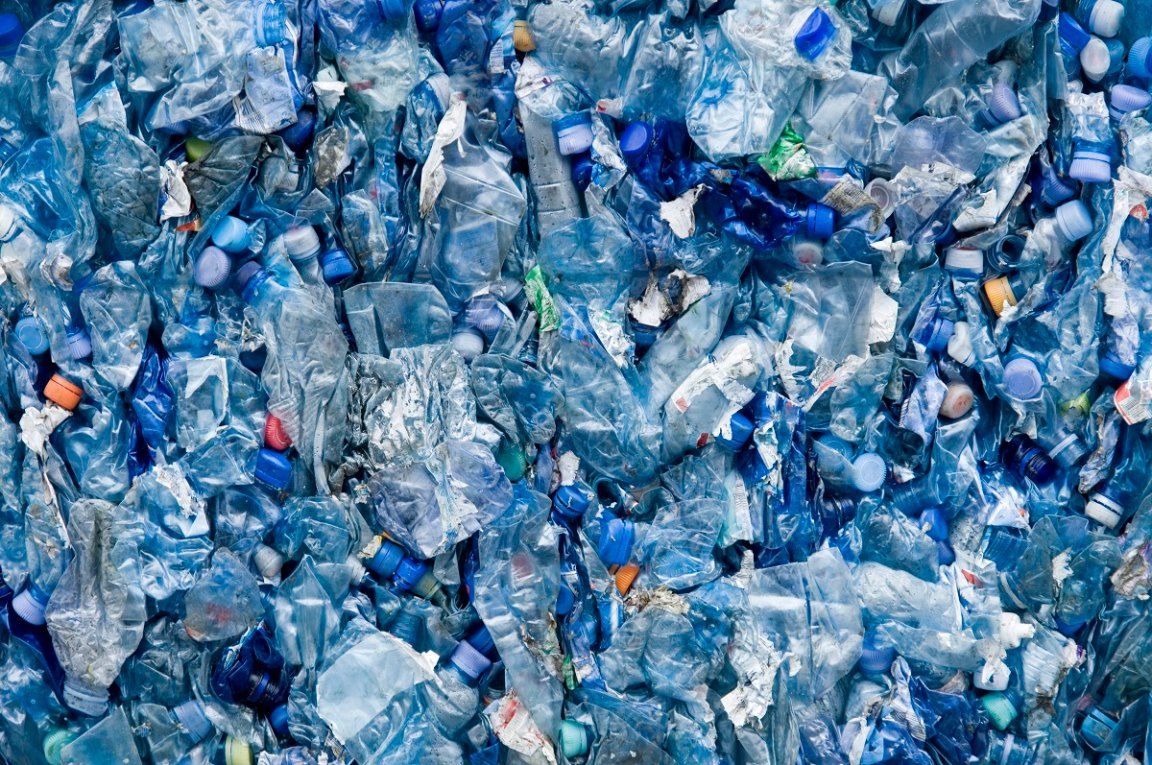
Bottom of the Bottle
French government scientists have discovered something startling about the microplastic content in glass and plastic bottles.
As the Agence France-Presse reports, scientists at the country’s food safety regulator found that glass-bottled drinks contained about 100 microplastic particles per liter — which, strikingly, was up to 50 times higher than the amount found in drinks stored in plastic bottles.
When measuring the amount of microplastics found in lemonade, iced tea, soft drinks, and beer housed in either glass or plastic bottles, researchers at the French Agency for Food, Environmental and Occupational Health and Safety (ASNES) were surprised at the counterintuitive findings.
“We expected the opposite result,” Iseline Chaib, an ANSES microplastics expert and PhD student who conducted the research, told AFP.
“We then noticed that in the glass, the particles emerging from the samples were the same shape, color and polymer composition — so therefore the same plastic — as the paint on the outside of the caps that seal the glass bottles,” Chaib continued.
Contamination Station
As the ANSES team discovered, there’s a wide range of microplastic content depending on beverage type.
Both sparkling and flat water clocked in with the lowest microplastic content, with about 4.5 particles per liter in glass bottles and 1.6 particles per liter in plastic.
Sweetened drinks, meanwhile, had far more. Soda in glass bottles had about 30 microplastics per liter while lemonade in glass bottles had about 40 per liter. (No plastic bottle microplastic counts for soft drinks or beer were published by AFP.)
Alcoholic beverages were very disparate dependent upon type too. Glass-bottled had 60 microplastic particles per liter, but bottled wine — even those with beer-like caps — had almost none. As ANSES research director Guillame Duflos conceded to AFP, the reason behind that wide discrepancy “remains to be explained.”
Along with these disparate microplastic content findings, the French food regulator also discovered an easy fix to remove some of the particles: blowing the caps with air and then cleaning them with water and alcohol, which reduced the contamination by up to 60 percent.
Drink manufacturers could, as ANSES noted in a statement to AFP, easily implement this fix if they wanted to.
More on microplastics: The Microplastics in Your Brain May Be Causing Mental Health Issues